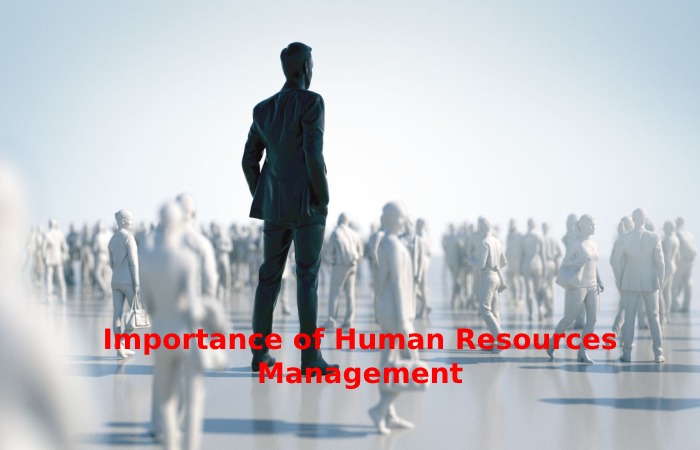Table of Contents
Introduction
Human Resources Management (HRM) defines the processes by which companies plan, organize and manage the tasks and assets related to the people who make up the organization. As we will see below, human resource management is an area with increasing weight within the executive committees of companies, regardless of their size.
This management involves areas such as remuneration, talent management, company training, selection, international mobility of workers, Management of the work environment, performance evaluation, Management of organizational changes that affect personnel, resolution of labor conflicts, the implementation of personnel policies and many other functions, which of course include the administrative tasks derived from these areas.
Importance of Human Resources Management

The impact of HR management can be significant in the company if its policies are appropriately managed. Keep in mind that this area links the company’s mission, vision, and values and the employees who work for it. If getting employees and management goals on the same page are challenging, achieving it in such a way that employees are committed and motivated to those goals is even more difficult. Human resource management is tasked with communicating all these policies and worrying about promoting the organization’s values to the employees. For this, it is essential to analyze the leadership replicas in the organization. The existing communication channels, and the direction or direction in which the communication between management and employees travels.
Duties of Human Resources Management
As we have already seen, human resource management links the company’s central values and its employees. However, in the performance of its functions, human resources management can never be separated from the rest of the company’s areas. Therefore, HR needs to be an active part of the business. For this reason, it must have first-hand knowledge of the other departments of the organization and their needs to provide effective solutions.
Establish the personnel selection policy
Through the skills management system and tools such as the job description (DPT). Human resources management is responsible for defining the process of selection and reception of new employees in the company. Some related tasks are curriculum screening, interviews and conducting entrance tests, evaluation of candidates, and reception of new employees.
Establish Training Policy
Human resources management is responsible for drawing up the company’s training plan. To do this, you must consider the organization’s needs. The departments, and the employment status of each employee within the talent map.
It is also in charge of managing the budget that the company invests in training and managing the credit from the State Foundation for Training and Employment.
Establish the Performance Evaluation Policy
Human resource management is the one that designs employee appraisal processes what is evaluate, who evaluates, and when. It is also essential to define what feedback employees receive from their superiors about their work performance, how often, etc.
Establish the Remuneration Policy
The remuneration policy remains one of the organization’s most excellent and sensitive policies. Not having a well-defined and structured approach can lead to daily chaos in managing conflicts caused by comparative grievances or perceptions of injustice. Human resources management defines the salary levels or bands, the remuneration package (fixed, variable, and also other benefits) for each position, social benefits, the flexible remuneration system, or any other incentive system.
What are Human Resources by Competencies?
Competences are the qualities that people have. It is the set of knowledge, motivations, expectations, attribution models, and personality traits that a given person presents. Competency-based human resource management consists of translating the company’s values into a series of transversal competencies that all organization members should share.
These competencies constitute the base from which the rest of the areas are based since they are the competencies that bring together the behaviors that the company is looking for in its workers. Selection, training, promotion, remuneration, etc., are develop from this base.
What is Human Capital Management?
Human capital is the conception of the company’s human resources from a more economic perspective. For example, a company’s personnel cost is usually among the main expenses of the same, whatever its main activity. Therefore, it is essential to analyze the impact of human resources from an economic point of view.
Examples of this would be the cost analysis of a general increase in wages. The cost that absenteeism entails for the company. The investment in training and the costs derived from not implementing adequate training. The economic impact of a high rate of turnover of workers, the cost of firing someone, etc.
Objectives of Human Resource Management
Previously we have detailed the objectives that emanate from each of the functions in which human resource management is involve.mc

